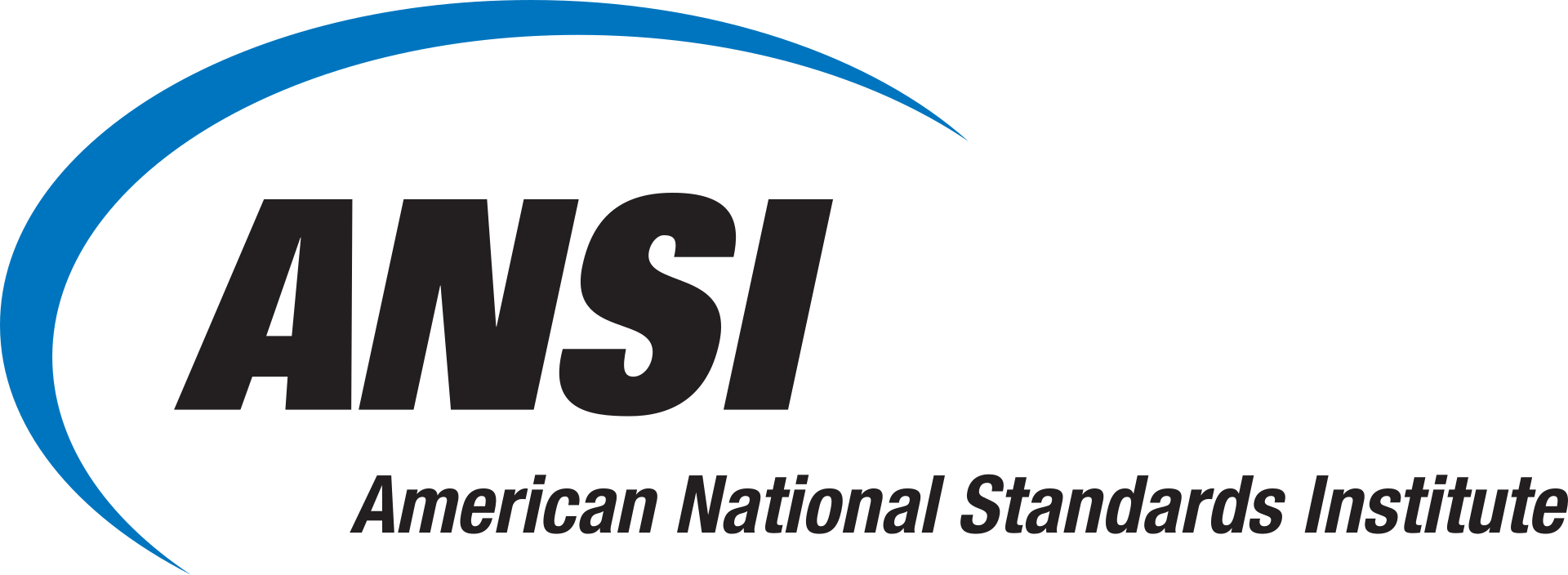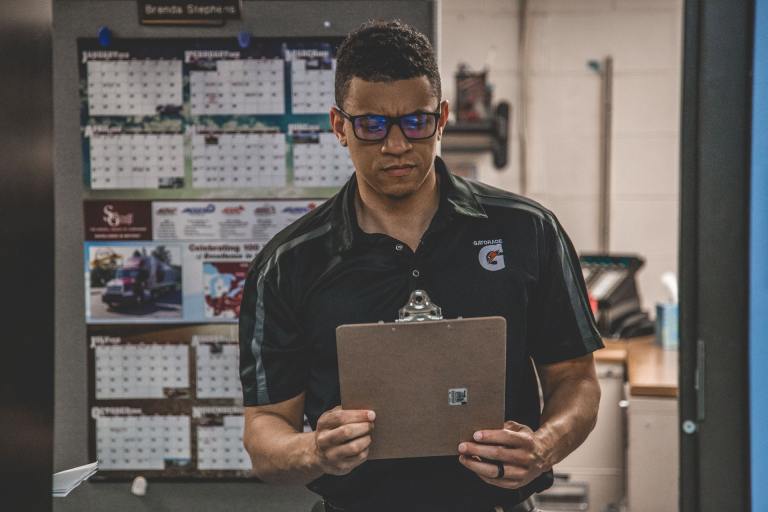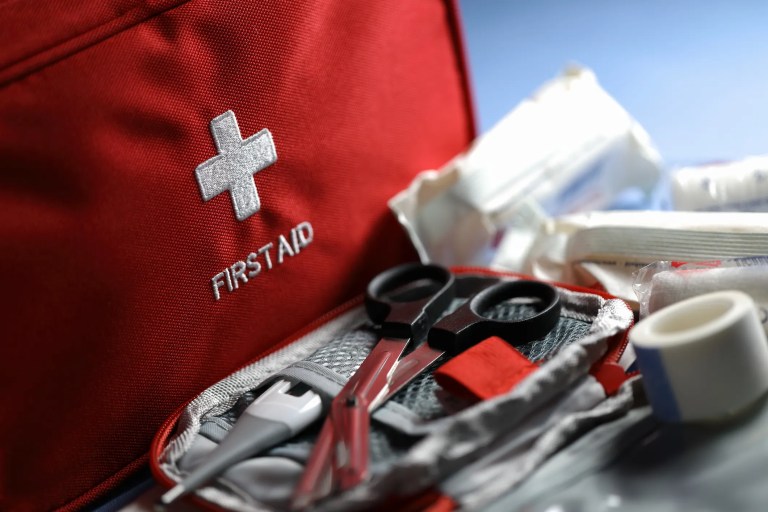When Should Safety Showers & Emergency Eyewashes Be Used?
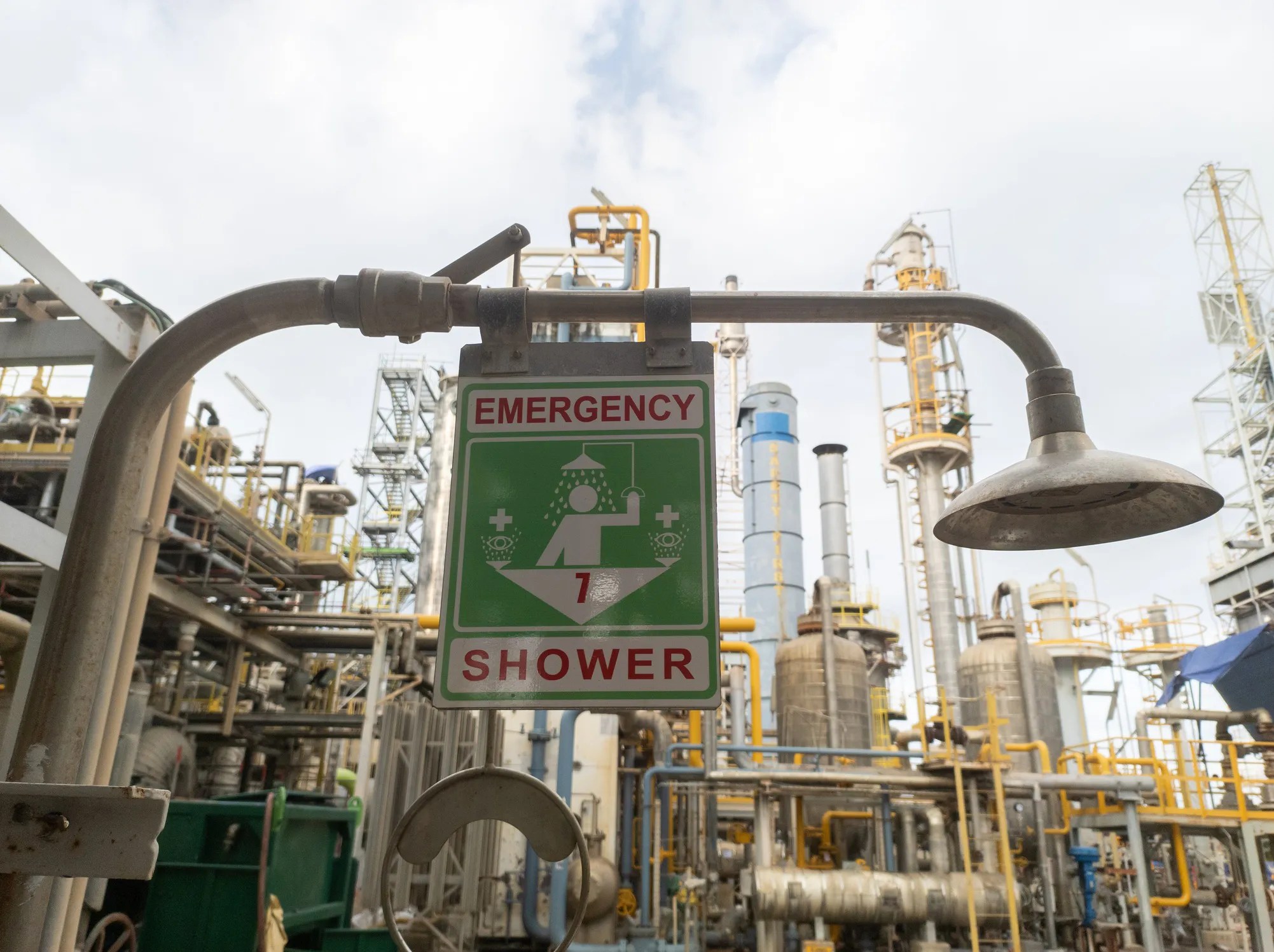
OSHA 29 CFR 1910.151(c) and ANSI/ISEA Z358.1 detail that emergency safety showers and eyewashes should be used where the body or eyes of any employee may be exposed to hazardous materials. The presence of eye and face wash stations and safety showers therefore assures that employees have the means to mitigate the effects of accidental exposure should they be exposed to hazardous substances.
What Is an Emergency Shower and Eyewash?
Emergency showers and eyewashes stations have the same objective of enabling workers to quickly allow flush away hazardous substances, such as corrosive chemicals, acids, and airborne contaminants like dust particles that can cause injury. They provide immediate decontamination to either a workers body/clothes or eyes:
- Emergency Shower: A device specifically designed and intended to deliver flushing fluid in sufficient volume to cause that fluid to cascade over the entire body.
- Emergency Eyewash: A device used to provide fluid to irrigate and flush the eyes.
Situations Requiring Emergency Eyewashes and Showers
Since emergency combination showers and eye/face wash stations protect employees and minimize risks, they should be used in facilities that handle, process, and/or store hazardous materials. The first few seconds after exposure to a hazardous chemical, especially a corrosive chemical, are critical. Delaying treatment, even for a few seconds, may result in irreparable damage. As such, emergency combination showers and eye/face wash stations are fundamental aspects of workplace safety culture.
Do You Need an Eyewash Station? OSHA Requirements Explained
OSHA requires an eyewash station in facilities where workers are handling potentially hazardous materials. These facilities typically use materials labeled with the following:
- Corrosive
- Toxic
- Health Hazard
- Irritant
- Explosive
- Flammable
Specifically, settings such as laboratories and manufacturing plants as well as industries that deal with refrigerants, battery acids, forklifts and industrial trucks, and aerial lifts likely require the presence of an eyewash station.
OSHA 1910.151(c) Eyewash and Shower Requirements for Chemical Safety
OSHA 1910.151(c)—general industry requirements—requires eyewash and/or shower safety equipment for emergency use where the eyes or body of any employee could be exposed to injurious corrosive materials. Specifically, OSHA requires employers to provide readily accessible emergency eyewash stations to employees working in certain industries or facilities:
“Where the eyes or body of any person may be exposed to injurious corrosive materials, suitable facilities for quick, drenching or flushing of the eyes and body shall be provided within the work area for immediate emergency use.” OSHA 29 CFR 1910.151(c)
For the construction industry, OSHA Standard 1926.50(g) stipulates the same requirement. The inclusion of these OSHA standards across different industry sectors highlights the universal need for safety measures to protect workers from potential chemical injuries.
OSHA 1910.151(c) Eyewash and Shower Station Requirements: Compliance Checklist
According to OSHA Standard 1910.151 C, emergency shower and eyewash stations must meet the following requirements:
- Flow: The station must have a flow of 0.4 gallons (1.5 liters) of clean water per minute.
- Temperature: Water should be delivered between 60°F and 100°F on demand. In the event of exposure to hazardous materials, workers must use the station for a full 15 minutes. Maintaining eyewash for that long will be uncomfortable with cold water and even more irritating to the eye with hot water.
- Velocity: The fluid velocity must be low enough to avoid injury.
- Maintenance: The station must be able to maintain this flow rate for at least 15 minutes.
- Valves: The valves must be simple to operate and activated in one second.
- Signage: The station must have highly visible signage, which helps employees easily locate eyewash stations.
- Activation: The station must be activated weekly to make sure it functions properly and can supply water.
- Inspection: An annual inspection should be conducted to ensure compliance with standards for operation.
- Distance: An eyewash unit must be within a 10-second distance of the workspace. It takes the average person walking at a normal pace about 10 seconds to cross 55 feet.
- Height: Nozzles for eyewash stations should be at least 33 inches from the floor and no more than 45 inches from the floor. Ensure the surrounding area is not obstructed. Every employee should be able to easily access the eyewash valve and faucet, so keep a stepstool nearby if necessary.
These requirements are critical components of workplace safety protocols, ensuring that effective first aid measures are available to prevent serious injuries or health issues from the result of exposure to hazardous substances.
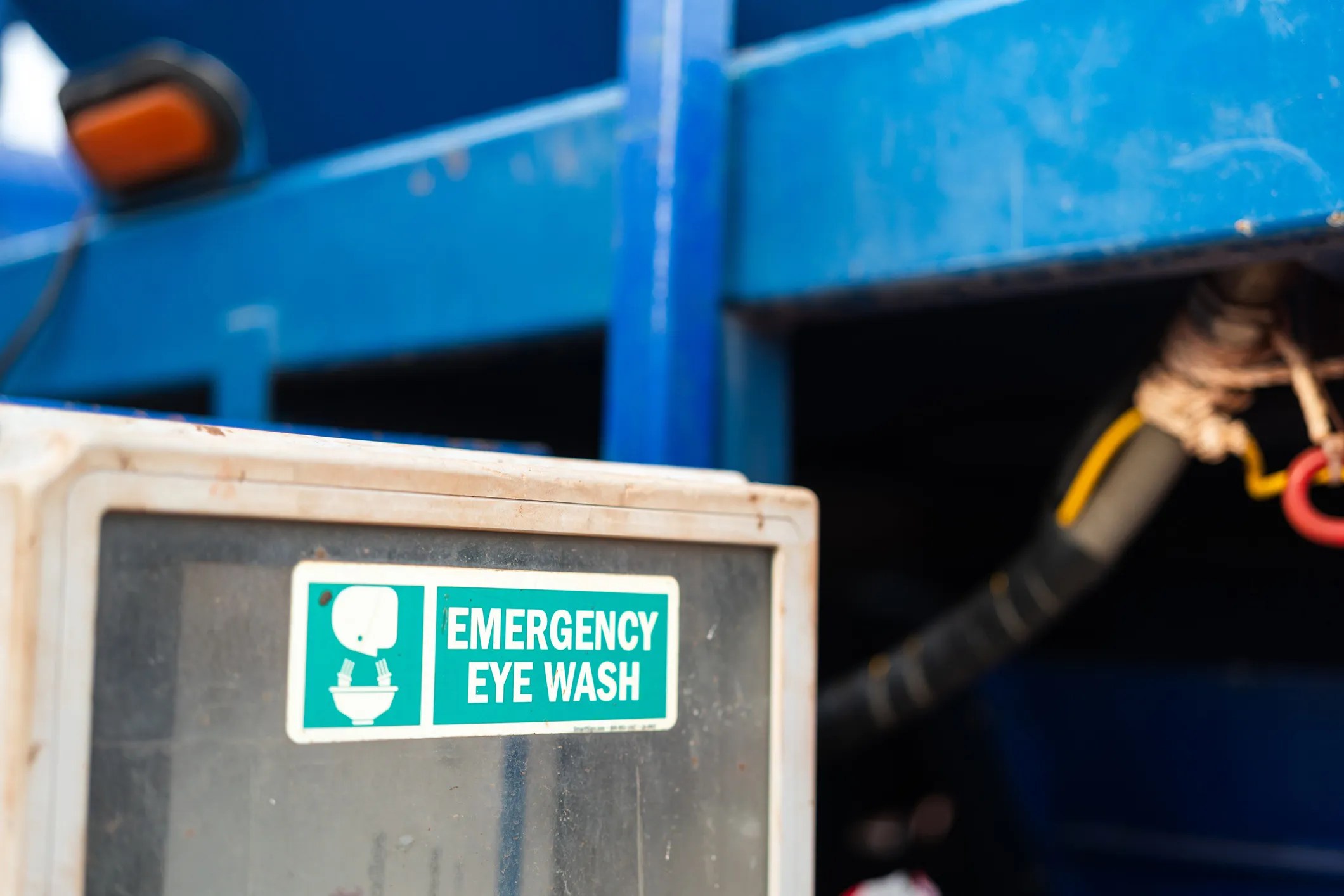
What Is the Difference between the OSHA and ANSI/ISEA Z359.1 Safety Shower Standards?
OSHA 29 CFR 1910.151(c) is the only federal requirement for emergency eyewash and shower equipment, while ANSI/ISEA Z358.1 serves as a recognized source of guidance for protecting employees who are exposed to injurious corrosive materials and its’ use is completely voluntary.
You can learn more about ANSI/ISEA Z358.1 in our blog post: ANSI Z358.1-2014: Emergency Eyewash & Shower Standard.
When Should Organizations Use ANSI/ISEA Z358.1?
OSHA outlines the basic need for eyewash stations but refers employers to ANSI/ISEA Z358.1 as a recognized source of guidance on eyewash safety. For example, the American National Standard explains in more detail the key terms “suitable” and “immediate” in OSHA 29 CFR 1910.151(c) that are of significance when procuring, planning, and maintaining emergency equipment.
In addition, ANSI/ISEA Z358.1-2014(2020): American National Standard for Emergency Eyewash and Shower Equipment covers eyewash regulations, including eyewash station manufacturer instructions on how often and how long to activate specific plumbed systems to reduce microbial contamination. You can learn more about the American National Standard in this blog post: ANSI Z358.1 Emergency Eyewash & Shower Standard.
ANSI standards become mandatory OSHA standards only when, and if, they are adopted by OSHA; ANSI Z358.1 was not adopted by OSHA.
88% of Eyewash Stations Fail ANSI Z358.1: Is Your Workplace Compliant?
The vast majority of workplaces are not compliant to ANSI/ISEA Z358.1 requirements for emergency eyewash and shower equipment. 88% of safety showers and eyewash stations are found to be non-compliant to this American National Standard due to performance-related issues including inadequate flow rates, temperatures, and water pressure levels. Further, another 10% of units are not compliant due to secondary factors, including providing improper signage, blocked entrance ways, and poor lighting.
Download ANSI/ISEA Z358.1: Assure Eyewash and Shower Compliance Today
Fortunately, non-compliance to the standard is very much preventable and soluble. The first step in assuring your workplace’s compliance to ANSI/ISEA Z358.1 is downloading this standard from the ANSI Webstore.
ANSI/ISEA Z358.1 is also available in the following Standards Packages: ANSI/ISEA Z358.1 / ANSI/ISEA Z308.1 – Workplace First Aid Kits and Eyewash Package and ANSI/ISEA Z358.1 / ANSI/ISEA Z87.1 – Eyewash and Eye Protection Package.
